For thousands of years, ancient civilizations have been both fascinated and intimidated by big cats. These magnificent creatures, with their unparalleled grace, strength, and cunning, have carved out a significant place in culture, art, mythology, and religion. Their presence in the narratives of various societies provides insight into how humanity viewed and interacted with the natural world. From awe-inspiring symbols of divinity to fearsome creatures of the wilderness, big cats have left paw prints on the sands of history.
Sacred Symbols
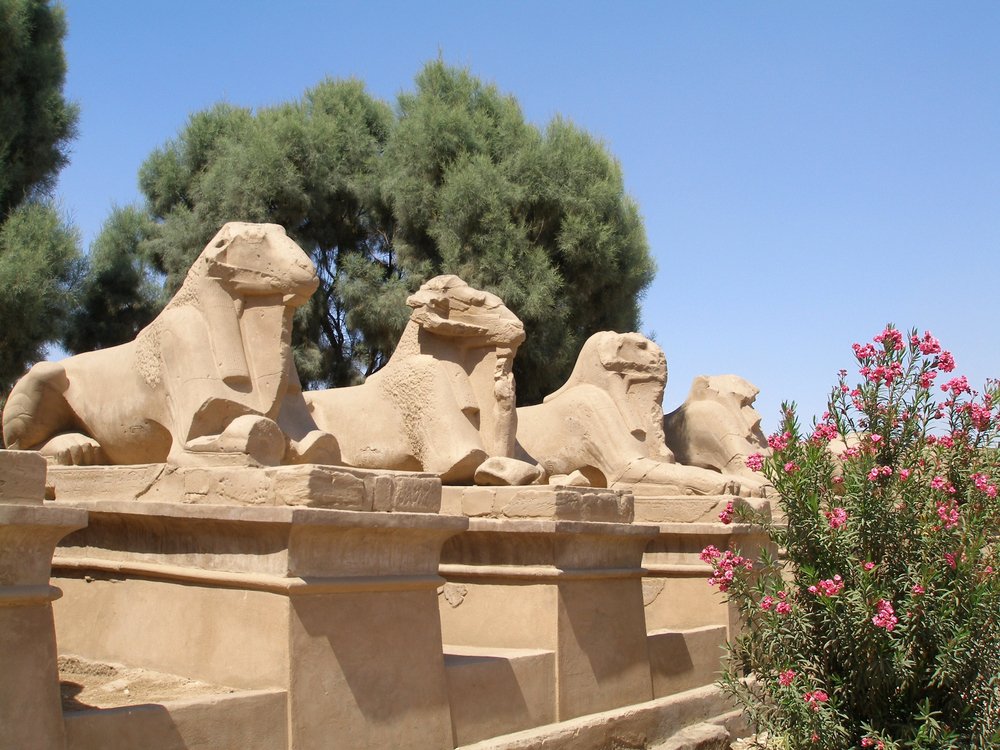
Ancient Egypt, renowned for its rich spiritual and cultural narratives, viewed big cats—particularly lions—as divine creatures. The lion-headed goddess Sekhmet, known for her fierce demeanor and healing abilities, epitomized the dual aspects of destruction and protection. Lions were also considered symbols of power and regal authority, often depicted on the thrones of pharaohs. The reverence for these creatures was so profound that killing a cat, whether domesticated or wild, was punishable by death.
Iconic Imagery

In Mesopotamia, big cats like lions and leopards were frequently associated with gods and goddesses of war and protection. The goddess Inanna, for instance, was often portrayed standing on a lion, symbolizing her supremacy and fearless nature. Mesopotamian art and cylinder seals often feature motifs of lions, reflective of their royal and protective symbolism within society.
The Duality of Fear and Respect in Ancient China
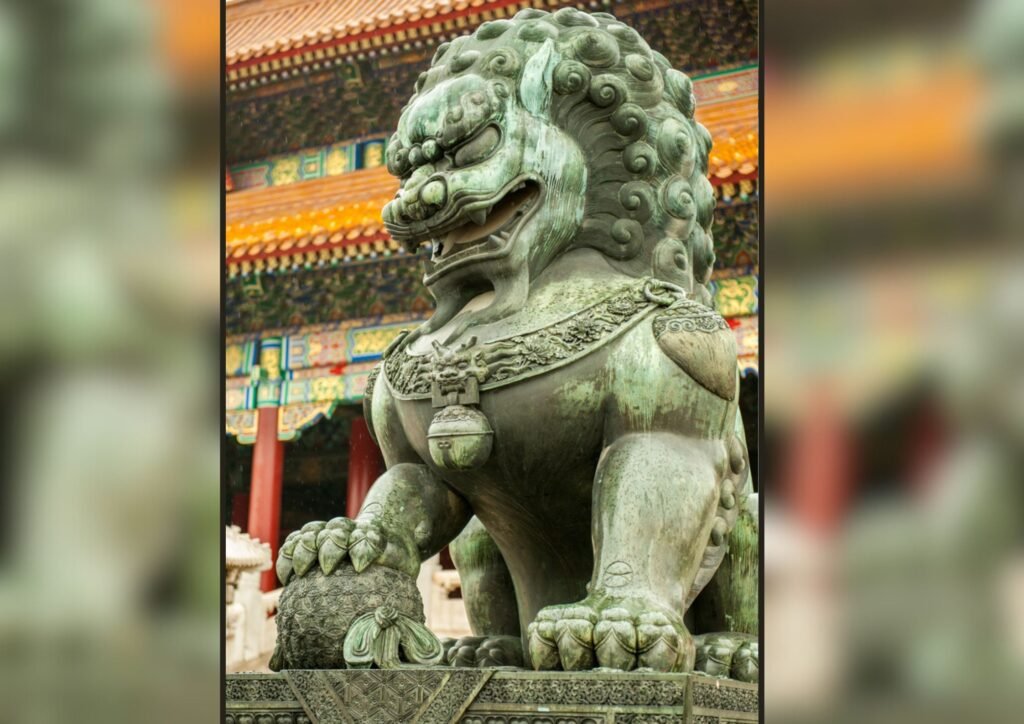
In ancient Chinese culture, tigers were both revered and feared. Symbolizing both power and aggression, the tiger served as a guardian in Chinese mythology and was often depicted in art and architecture designed to protect from evil spirits. The White Tiger, considered one of the Four Symbols of Chinese constellations, was believed to control the West, embodying autumn and the element of metal.
Representation in Art
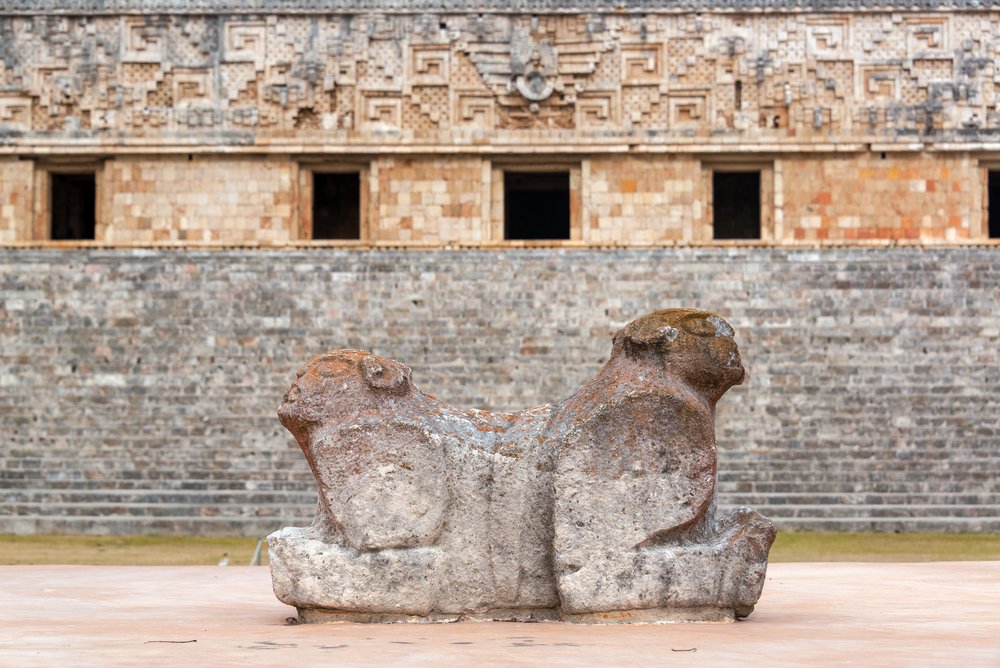
The ancient Mesoamerican civilizations, such as the Maya and Aztecs, held jaguars in high regard. Jaguars represented strength, speed, and the ability to move between worlds due to their nocturnal nature. They often appeared in myths as creatures that could travel between the living and the spirit realms, symbolizing transformation and spiritual journeying. Elite warriors frequently adorned jaguar skins to embody these powerful attributes.
The Lions of Ancient Greece and Rome
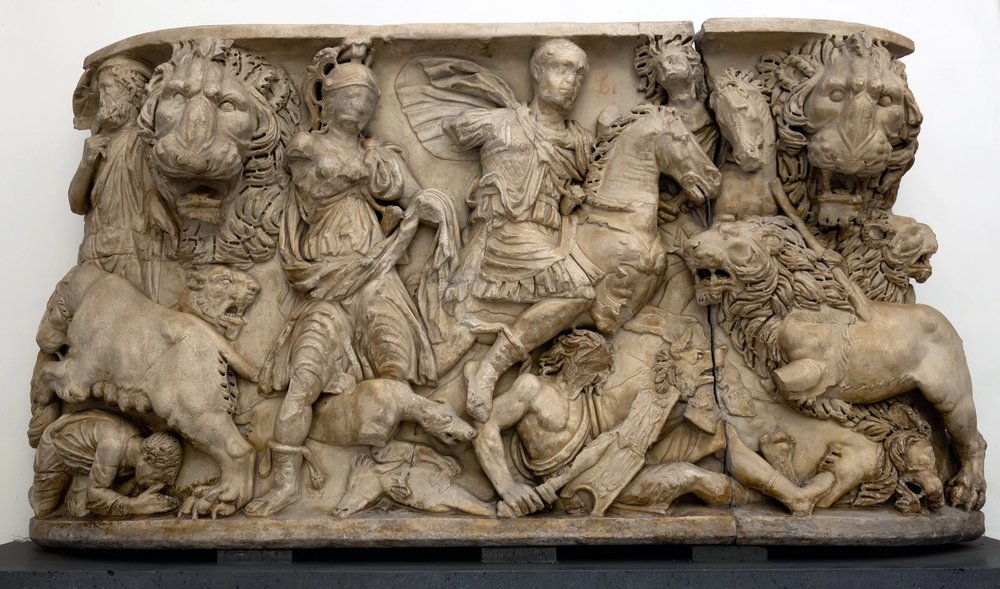
In Greek and Roman mythology, lions were often associated with heroic figures and grand feats. The Nemean Lion, famously defeated by Hercules, signified indomitable strength and became a symbol of divine power. Lions were also emblematic of conquest and courage, prominently featured in art, heraldry, and on military insignias to inspire awe and respect among troops and enemies alike.
Big Cats in Indian Mythology and Culture
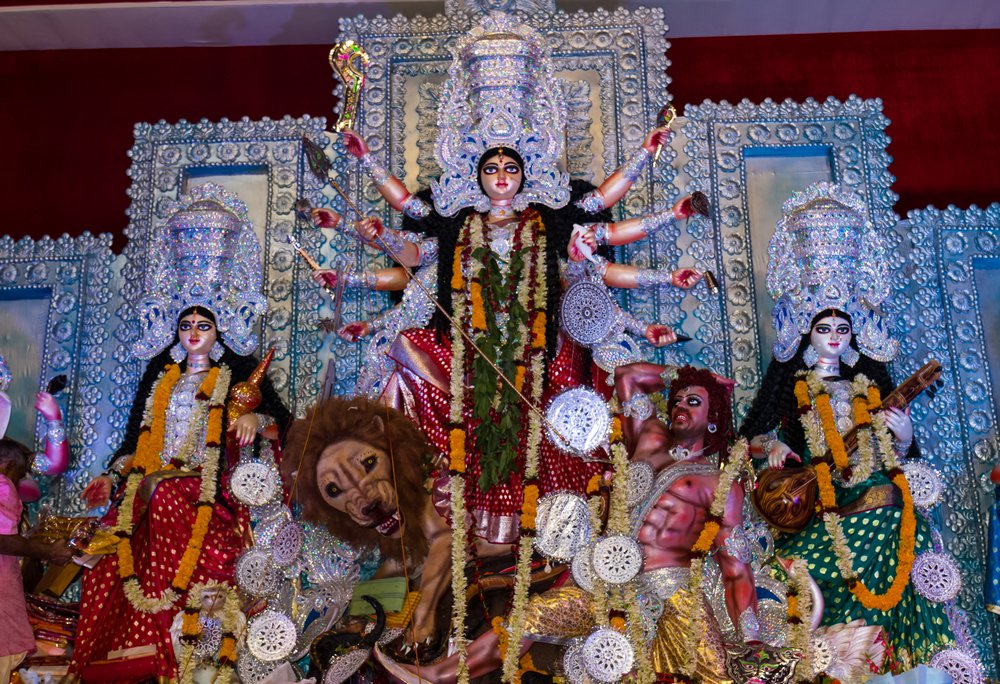
In Indian mythological and religious texts, tigers and lions hold significant roles. The goddess Durga, often depicted riding a tiger or lion, represents strength, divine power, and the triumph of good over evil. The tiger also became a national symbol, signifying bravery, while in some regional tales, the lion represented sovereignty and rulership.
African Legends and the Power of the Lion
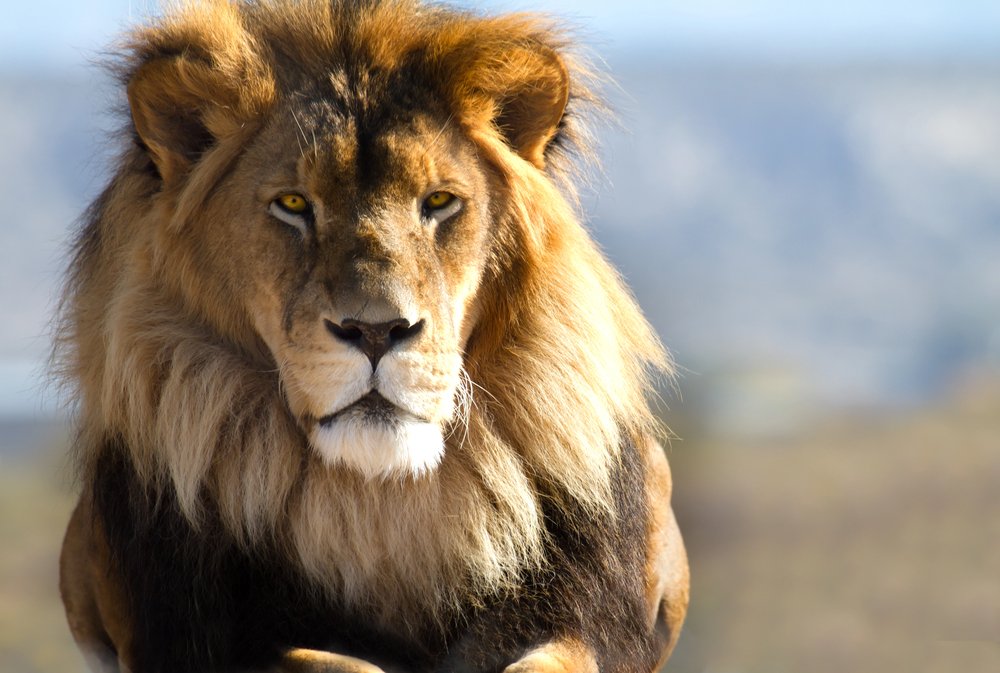
Throughout the African continent, the lion has long been a creature of myth and significance. In many traditional African religions and stories, lions are revered as symbols of strength and kingship. Their fearsome reputation and dominance in the savanna have led to their association with the divine and the mysteries of the wilderness—a blend of respect and caution toward these majestic animals.
Big Cats as Metaphors in Literature and Folklore

Big cats have frequently appeared in literature and folklore, serving as potent metaphors for human emotions and societal values. They can symbolize ferocity, cunning, and the untamed aspects of nature within humans. Their depiction in stories often reflects a culture’s understanding and interpretation of power, beauty, and grace, either serving as allies to heroes or obstacles to be overcome.
Reverence and Conservation
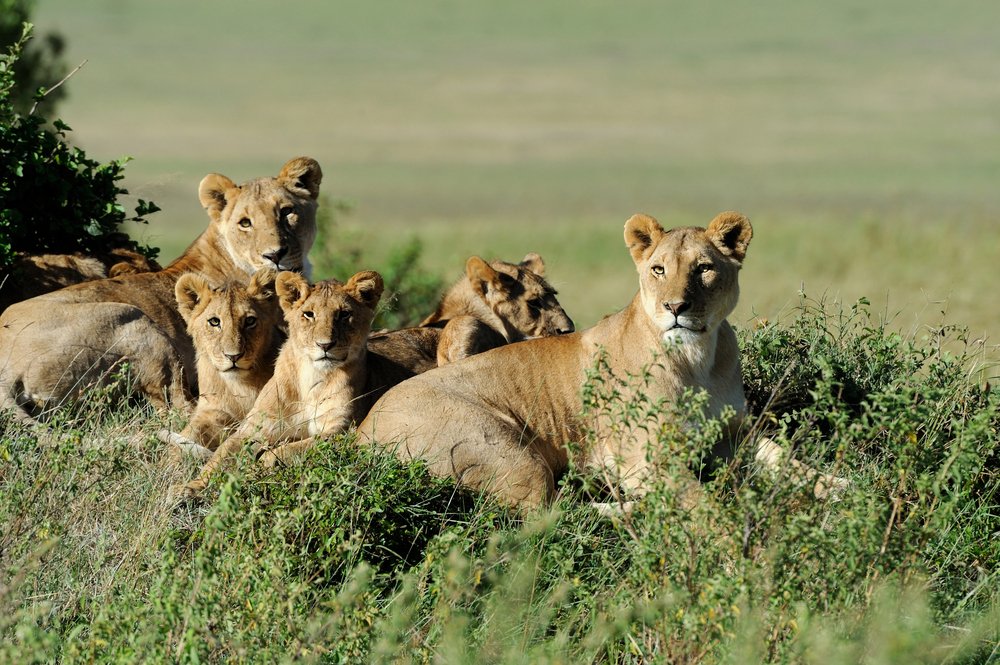
In today’s world, the reverence that ancient civilizations held for big cats is mirrored in global conservation efforts. Acknowledging the cultural and historical significance of these animals, organizations work tirelessly to protect their habitats and populations. The cultural legacies of lions, tigers, and other big cats continue to influence modern wildlife conservation and the ongoing dialogue about preserving our natural heritage.
The Timeless Legacy of Big Cats

Throughout history, big cats have been a source of inspiration, fear, and admiration. Their enduring presence in art, mythology, and religion underscores the deep connection humanity has with these creatures. While our understanding and relationship with them have evolved, the awe they inspire remains timeless, continuing to captivate the imaginations and hearts of people around the world.

Esther is from India; the heartbeat of South Asia, holding a Master’s degree in Zoology and a postgraduate diploma in Animal Welfare. Her enthusiasm for animal welfare drives her passion and dedication to work for animals, ensuring their well-being and advocating for their rights. With a solid academic background and hands-on experience, she is committed to making a positive impact in the field of animal welfare. In her free time, she enjoys embroidery and sewing. As a Chennaite from Tamil Nadu, Esther loves Bharathanatyam, an Indian classical dance form.






